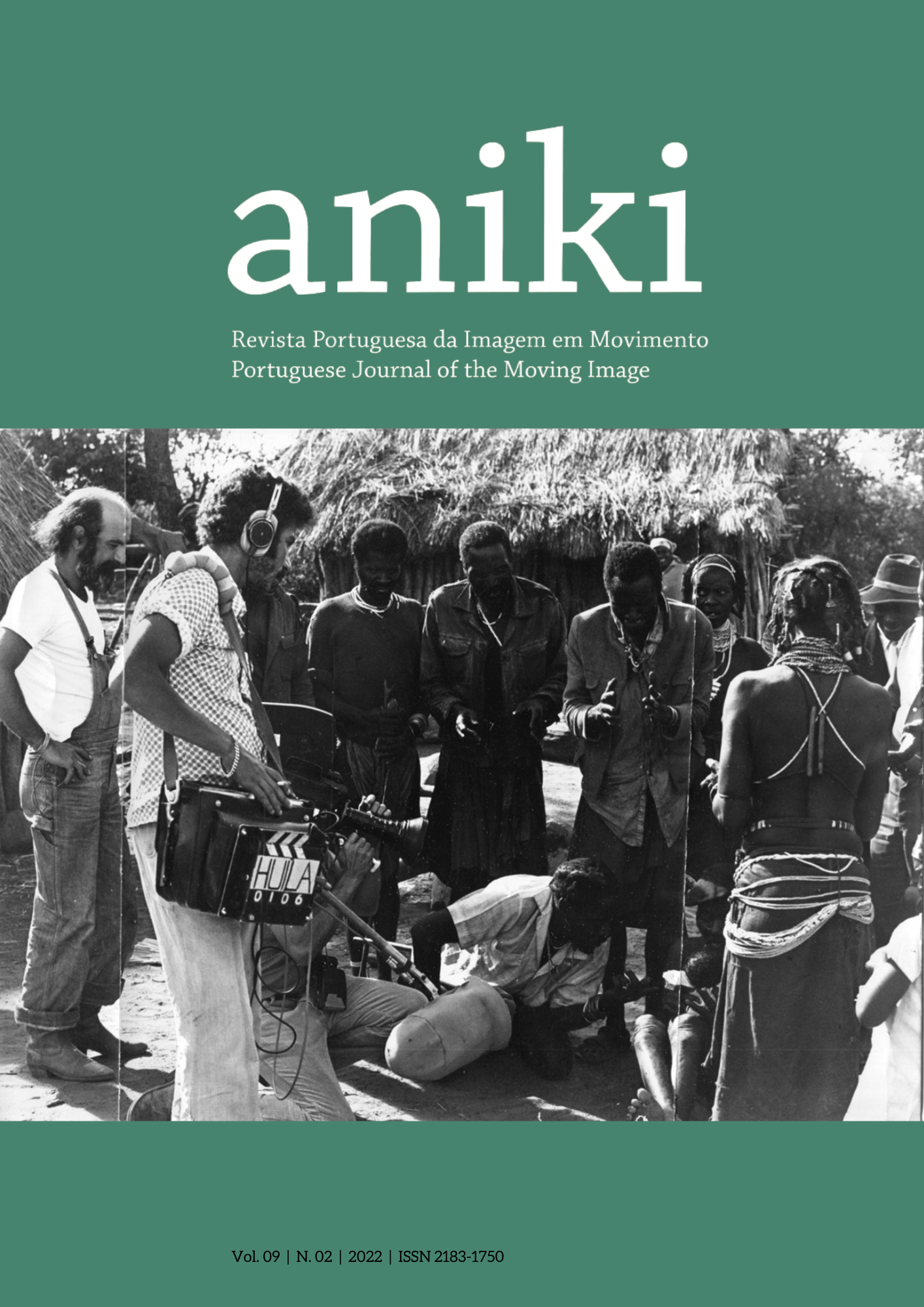Making Sense of an Unfinished Masterpiece: Heinz Förthmann and the Production of Funeral Bororo (1953)
Abstract
Heinz Förthmann (1915-1978) was one of the most talented film-makers in the history of Brazilian ethnographic film. But the films that he made at the height of his powers, in the 1950s, now exist only in degraded or fragmentary form, or have been lost entirely, and for this reason, he has not received the recognition that he deserves. Following a review of Förthmann’s career, and on the basis of an incomplete rough-cut lacking both soundtrack and titles, this article offers a reconstruction of Funeral Bororo, a film that he shot in 1953. If it had been completed, this film would surely now be regarded not only as Förthmann’s masterwork, but also as a major contribution to the canon of ethnographic film, both within Brazil and across the world.
References
Caiuby Novaes, Sylvia. 2006a. “Bororo Funerals: Images of the Refacement of the World.” Tipití 4: 177-198.
__________. 2006b. “Plaits, Gourds and Jaguar Skins in the Bororo Funeral: Toward an Understanding of the Bororo Notion of Person.” Vibrant 3(1): 27-36. http://www.vibrant.org.br/issues/v3n1/sylvia-caiuby-novaes-plaits-gourds-and-jaguar-skins-in-bororo-funeral/.
__________. 2006c. Etnografia visual: sobre o impacto das imagens na etnografia do funeral Bororo. Tese de livre docência. São Paulo: FFLCH-USP.
__________. 2008. “Corpo, imagem e memória.” In 8 X Fotografia, edited by Lorenzo Mammi and Lilia Schwarcz, 113-31. São Paulo: Companhia das Letras.
__________. 2016. “Iconography and Orality: on Objects and the Person among the Bororo.” Revista GIS 1(1): 88-115. http://revistas.usp.br/gis/article/view/116351/114062.
Caiuby Novaes, Sylvia, Cunha, Edgar da, and Henley, Paul. 2017. “The first ethnographic documentary? Luiz Thomaz Reis, the Rondon Commission and the making of Rituais e Festas Borôro.” Visual Anthropology 30 (2): 105-146. https://doi.org/10.1080/08949468.2017.1276383.
Henley, Paul. 1978. “Os Índios e a Civilização: A Critical Appreciation.” Cambridge Anthropology 4(3): 88-111.
Mattos, André Luis Lopes Borges de. 2011. “Darcy Ribeiro e o Serviço de Proteção aos ĺndios.” In Memória do SPI: textos, imagens e documentos sobre of Serviço da Proteção aos ĺndios (1910-1967), edited by Carlos Augusto da Rocha Freire, 213-22. Rio de Janeiro: Museu do Índio-FUNAI.
Mendes, Marcos de Souza. 2006. Heinz Forthmann e Darcy Ribeiro: cinema documentário no Serviço de Proteção aos Índios, SPI, 1949-1959. Doutorado em Multimeios. Campinas: UNICAMP.
__________. 2011. “Heinz Förthmann: fotografia e cinema no SPI: 1942/1959.” In Memória do SPI: textos, imagens e documentos sobre of Serviço da Proteção aos ĺndios (1910-1967), edited by Carlos Augusto da Rocha Freire, 233-53. Rio de Janeiro: Museu do Índio-FUNAI.
Menezes, Claudia. 1983. “A produção dos filmes etnográficos do SPI: entrevista com Heinz Foerthmann.” In Museu do Índio – 30 anos. 1953-1983, 23-29. Rio de Janeiro: Museu do Índio-FUNAI. http://biblioteca.funai.gov.br/media/pdf/LIVROS/MFN-729.PDF
Pereira Couto, Ione Helena. 2011. “A Seção de Estudos do Serviço de Proteção aos ĺndios – SPI.” In Memória do SPI: textos, imagens e documentos sobre of Serviço da Proteção aos ĺndios (1910-1967), edited by Carlos Augusto da Rocha Freire, 223-31. Rio de Janeiro: Museu do Índio-FUNAI.
Ribeiro, Darcy. 1970. Os Índios e a Civilização: A integração das populações indígenas no Brasil moderno. Rio de Janeiro: Civilização Brasilieira.
__________. 1996. Diários Índios: Os Urubus-Kaapor. São Paulo: Companhia das Letras.





